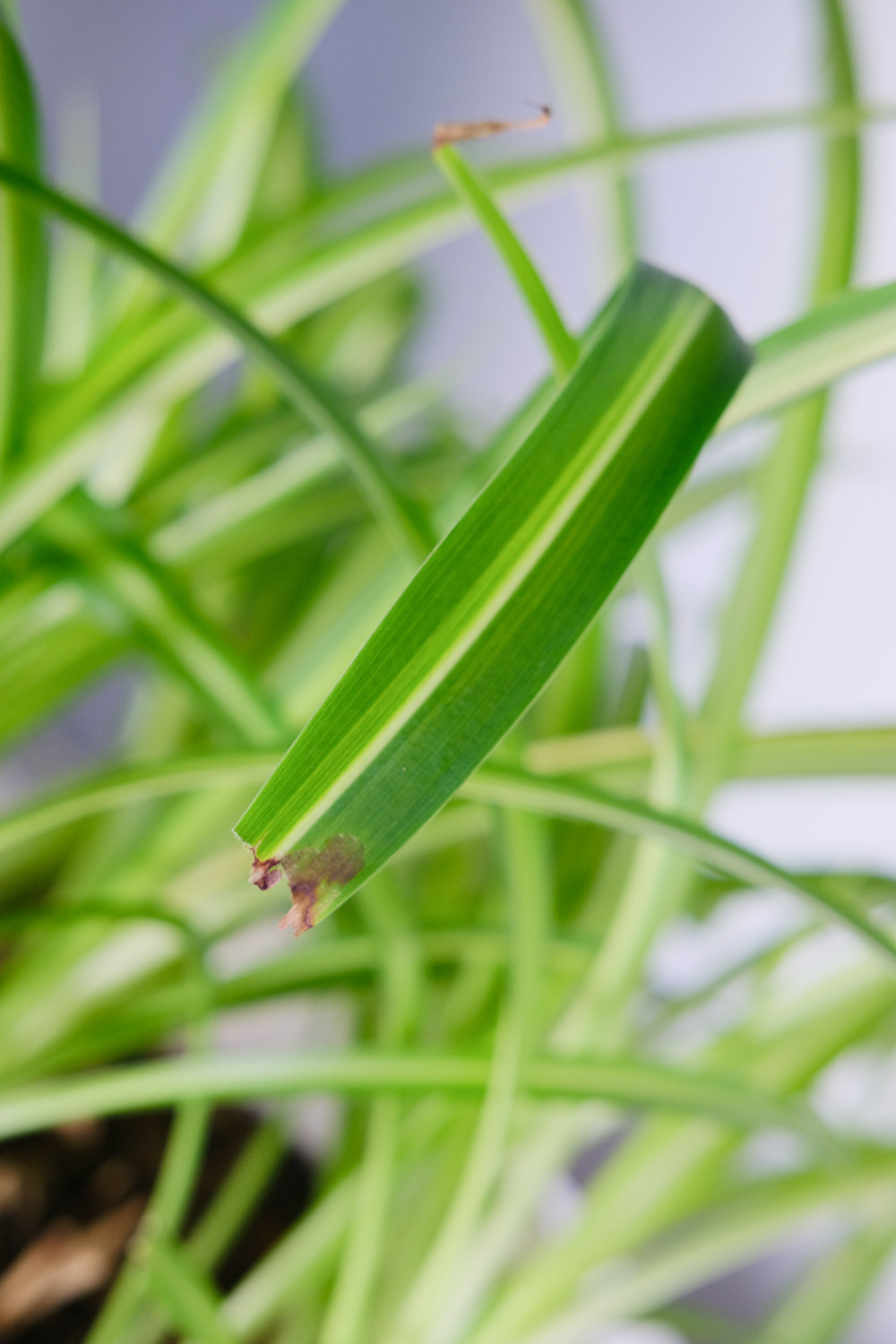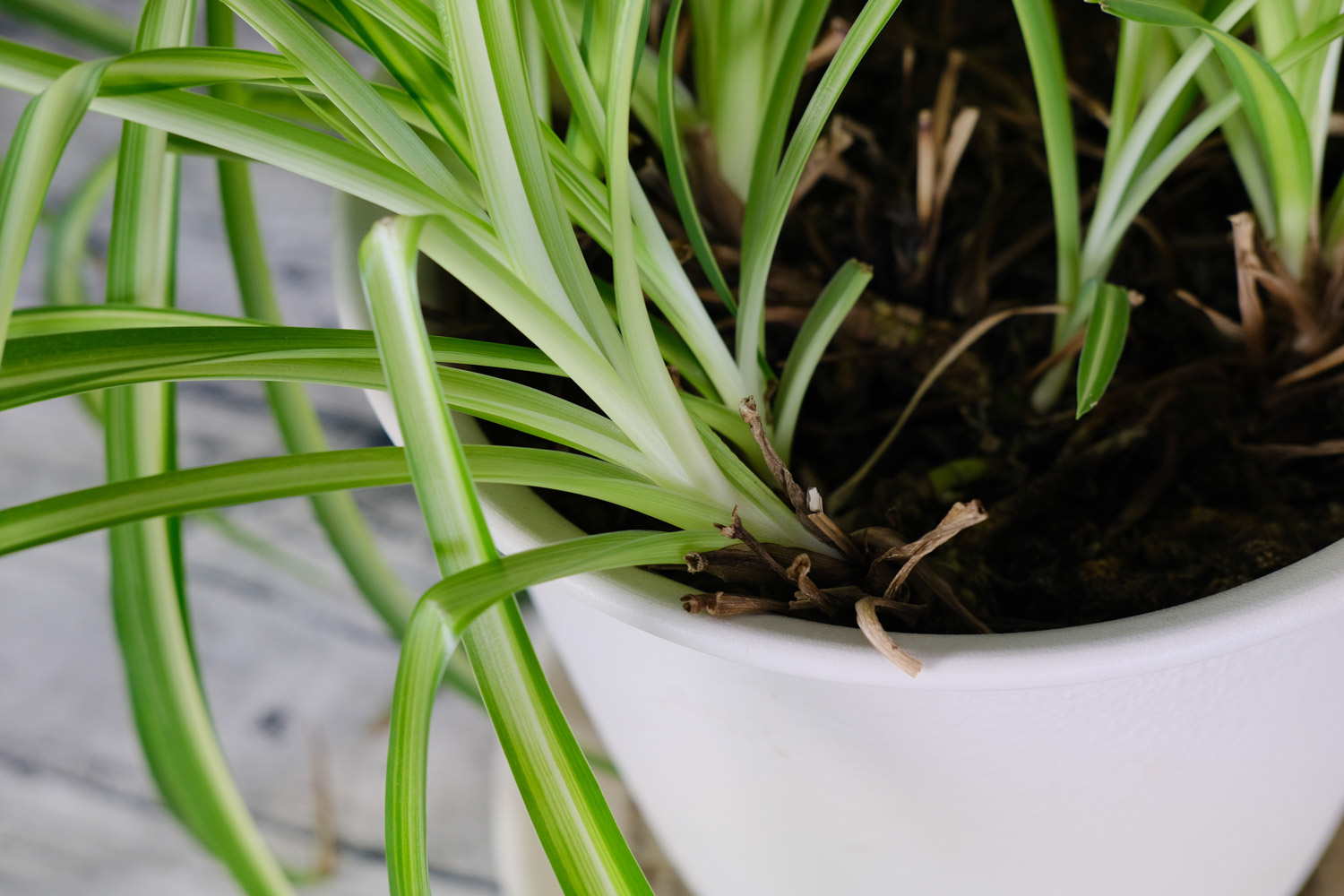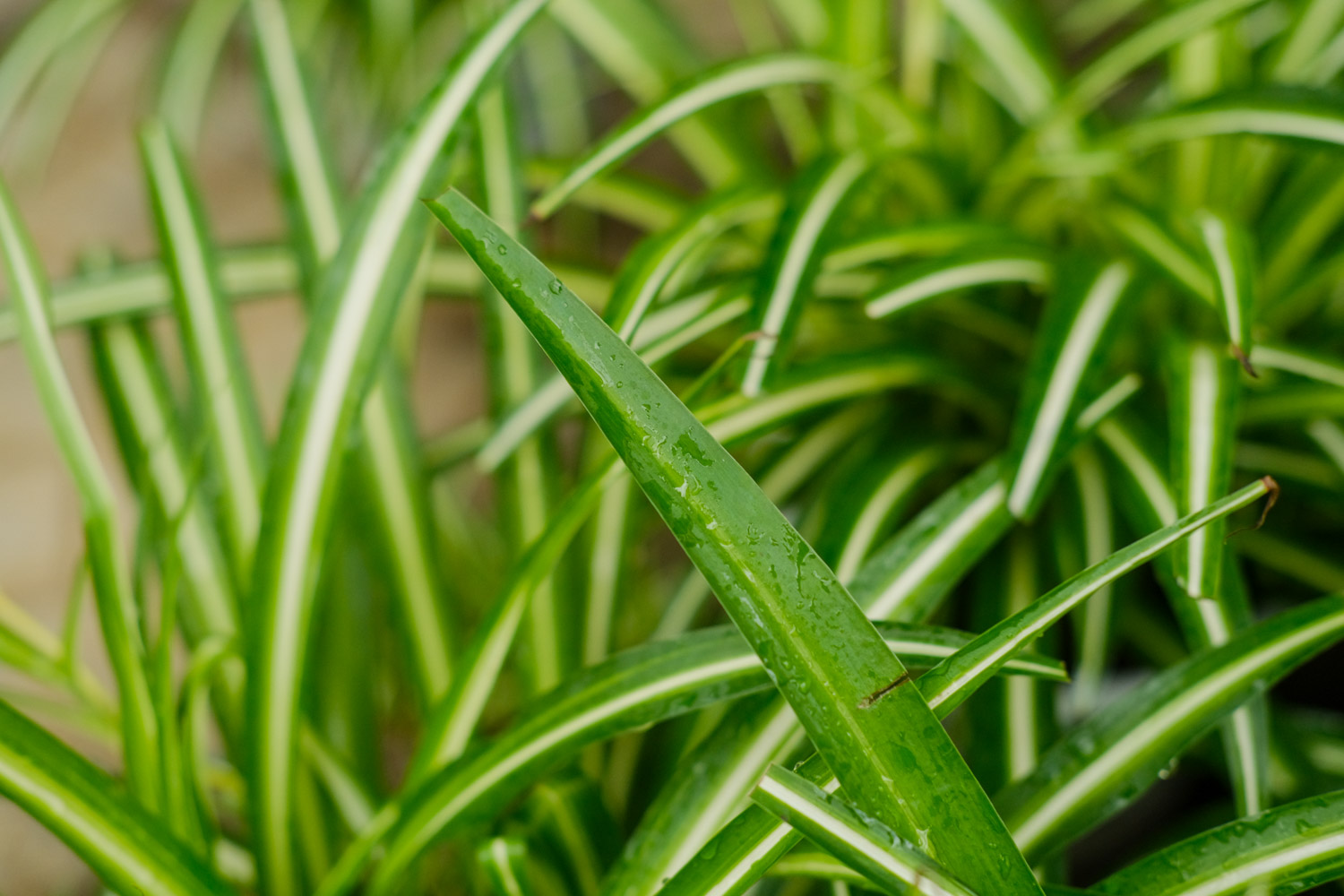1、 How
1. Soil: oil painting Chlorophytum should be cultivated in loose and fertile soil. Good drainage can avoid root flooding and is also conducive to breathing. Peat soil and perlite can be mixed and prepared, garden soil and coarse sand can also be used as the matrix, and some large particle matrix can be placed at the bottom of the basin

2. Light: the oil painting Chlorophytum needs a certain amount of light, but it is not suitable to accept direct light, which is easy to cause the leaves to be sunburned. It needs appropriate shade or half shade. In winter, it can be exposed to the sun for a long time. Due to the soft light, it will not damage the plant, but also improve the ambient temperature, which is conducive to its overwintering
3. Watering: oil painting Chlorophytum likes a humid environment, so watering must be frequent to keep the soil moist. But it is also afraid of waterlogging. Once it is poured too much, there is water in the basin soil, which will also be detrimental to the development of roots. It is necessary to discharge the water in time. In addition, loosen the soil properly, strengthen ventilation and accelerate the evaporation of water

4. Fertilization: oil painting Chlorophytum needs certain nutrients during the growth period, but there is no need to apply too much fertilizer. In order to promote the development of branches and leaves, nitrogen fertilizer is mainly applied in the early stage. Pay attention to controlling the amount. More application will also lead to its overgrowth and reduce its ornamental value. Water every other day after fertilization, which is also conducive to nutrient absorption
2、 How to cut

Oil painting Chlorophytum can be propagated by cutting. Cut a section of branch, put it in the shade and wait for the wound to dry, then insert it into the sand and wait for it to take root and grow into a new plant

 how many times do yo...
how many times do yo... how many planted tre...
how many planted tre... how many pine trees ...
how many pine trees ... how many pecan trees...
how many pecan trees... how many plants comp...
how many plants comp... how many plants can ...
how many plants can ... how many plants and ...
how many plants and ... how many pepper plan...
how many pepper plan...





























